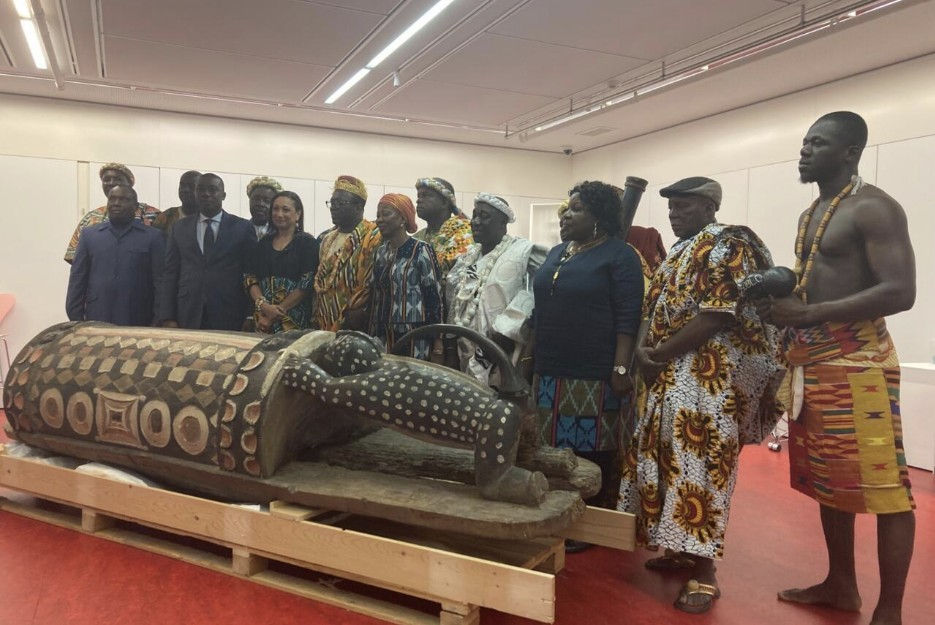The Nanny State’s Closet: Sexuality, Conformity, and Control in Singapore
- Antong Lu
- Jun 30, 2025
- 3 min read

Despite nominally being a democracy, the influence of Singapore’s government in the private lives of its citizens has often been characterised as ‘soft authoritarianism.’ Highlighting how the state strategically deploys notions of conservative ‘Asian values’ to serve national interests, Catherine Lim’s short story ‘The Malady and the Cure’ and Laurence Wai-Teng Leong’s article ‘Asian Sexuality or Singapore Exceptionalism’ critique how Singapore’s paternalistic governance enforces a conformist metanarrative on Singaporean national identity and gender. Lim and Leong emphasise how the state’s paternalistic discourses on gender and identity are distinguished from its supposed Asian roots, instead reflecting Singaporean exceptionalism in cultivating a hetero-nationalist narrative on what it means to be ‘Singaporean.’ Furthermore, in collectively reading Lim and Leong’s texts it may be drawn that citizens under this ‘nanny state’ undergo a conformist process of desexualisation as ‘economic subjects rather than sexual citizens’ (Leong).
Through comprehensive campaigns and repressive sexual policies, the Singaporean state establishes an ‘Asian’ hetero-nationalist narrative that dictates the citizen’s every move. The overbearing paternalism of the state derives from a manufactured myth of Asian fundamentalism that “denies human agency” (Leong) under the notion that “the ruling party is the ‘father’…and knows what’s best”. Lim comically reflects this through the father-like campaign admonitions that demand total fidelity, her anaphoric “Don’t litter, don’t spit…don’t…don’t…” capturing the domineering authority Singaporean officials hold over determining social norms and practice. Extending upon this notion of authoritarian paternalism, Leong contends that Singaporean discourses on sexuality are conservatively and exceptionally construed by policy such as through British Colonial rooted Section 377 of the Penal Code (which outlawed homosexuality until 2022) and media censorship in the Media Development Authority (MDA). Here, depictions contrary to the People’s Action Party’s (PAP) heteronormative nuclear family are ostracised as an immoral ‘Other’. Popular films such as “Formula 17” or Royston Tan’s “15” are respectively categorised as “[creating] an illusion…that homosexuality is normal” and deemed “[threats] to national security” (Leong). Instead, the state idolises Mr Sai Koh Phan’s hetero-normative nuclear family “with his wife, four sons, and mother-in-law” as an exemplary masculine ‘son’ who embodies the state’s essentialist binary of Eastern heterosexual virtue against Western homosexual decadence.
In enforcing this ahistorical ‘Asian’ hetero-nationalist narrative, the state effectively desexualises and dehumanises Singaporeans, cultivating a national identity not of a pluralist society, but as economic “factors of production” where “the state relates to citizens mostly in such materialist or economic terms” (Leong). Reproduction for the benefit of economic development is accordingly seen as the sole agent in Singapore’s sexuality discourse, bearing more resemblance to Judeo-Christian tradition rather than the rich histories in China, Japan, and the wider Asian community. It is this extreme Weberian technocracy that Lim denigrates as a ‘malady’, as ultimately the Singaporean individual is reduced only to an unthinking, unchallenging cog. Correspondingly, recently relaxed attitudes towards the LGBTQ community were inspired by a push for economic innovation, “paralleling the state's constitution of gays as labouring subjects rather than sexual citizens” (Leong). Yet the success of the PAP’s Asian myth must also partly be attributed to the willing docility of Singaporean society.
Consequently, Leong’s claim that society leads the state on sexual matters should be balanced with Terence Lee’s contention that “the majority of individuals residing in [Singapore] recognise and buy into the principles of governmentality”. This blind obedience is primarily criticised by Lim; her deliberate charactonyms of Sai Koh Phan (sycophant) and Sindoo (sinful) (P.K.W. Tan ‘Literary Omnastics’) semantically recognises Singaporean passivity and a need for private resistance. Similarly, Leong notes how support for LGTBQ advocacy groups has emerged as the internet emerges as an alternative mode of resistance against Singaporean authoritarianism. The advent of an alternative, online narrative for sexual minorities could thus extend towards racial and religious minorities within Singapore, providing the much-needed ‘cure’ that Lim proposed.
Thus, Lim and Leong’s texts can be read collectively as highlighting the issues that minorities face within the hetero-nationalist identity cultivated by Singapore’s paternalist structure.
References
Lim, Catherine. 2021. ‘Malady and the Cure’ in O Singapore! : Stories in Celebration. Singapore: Marshall Cavendish International (Asia) Private Limited.
Leong, L.W.-T. (2012). Asian Sexuality or Singapore Exceptionalism? Liverpool Law Review, 33(1), pp.11–26. doi:https://doi.org/10.1007/s10991-012-9106-8.
Tan, P.K (n.d.). Literary onomastics in a postcolonial context: Catherine Lim’s short stories.





Comments